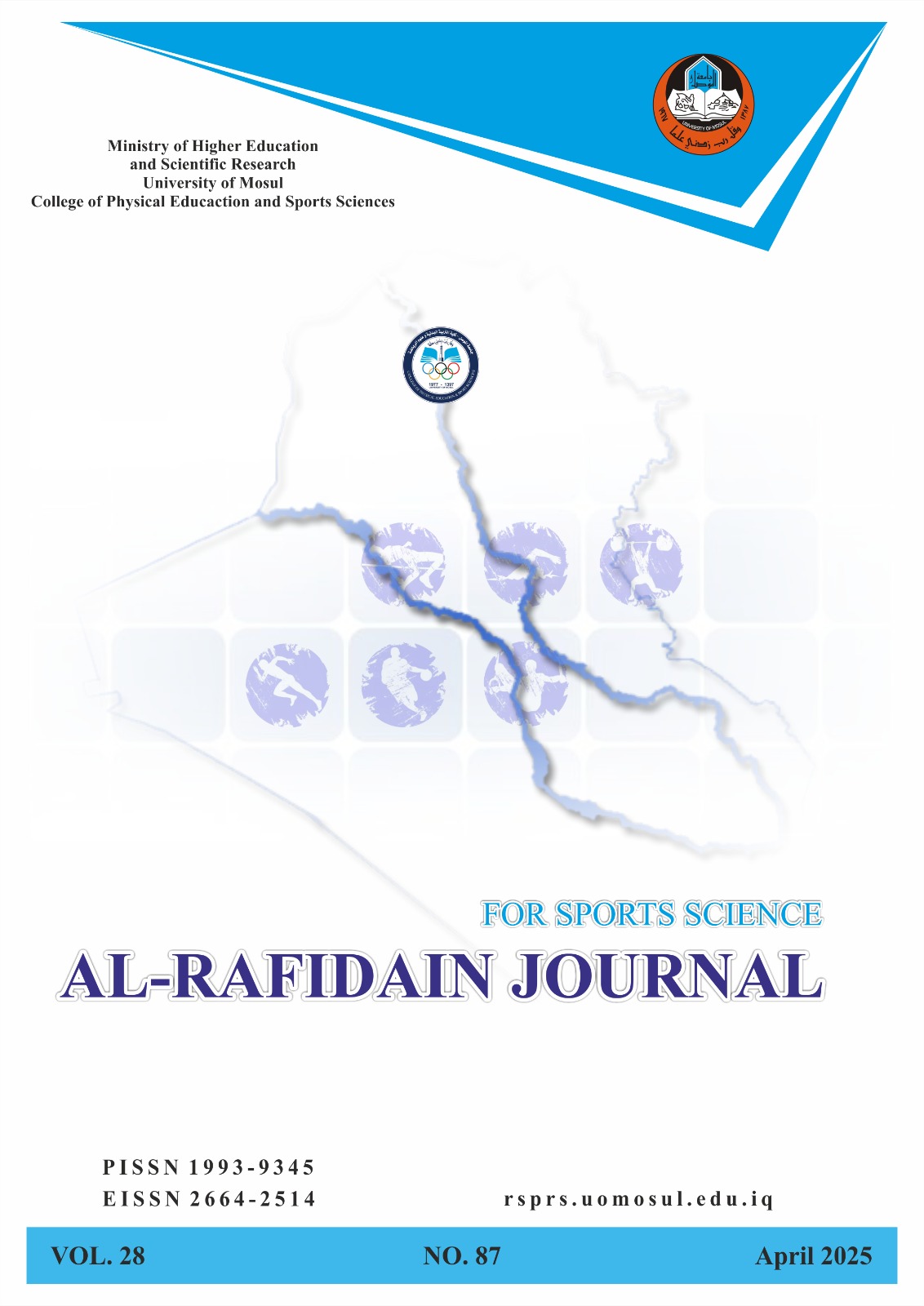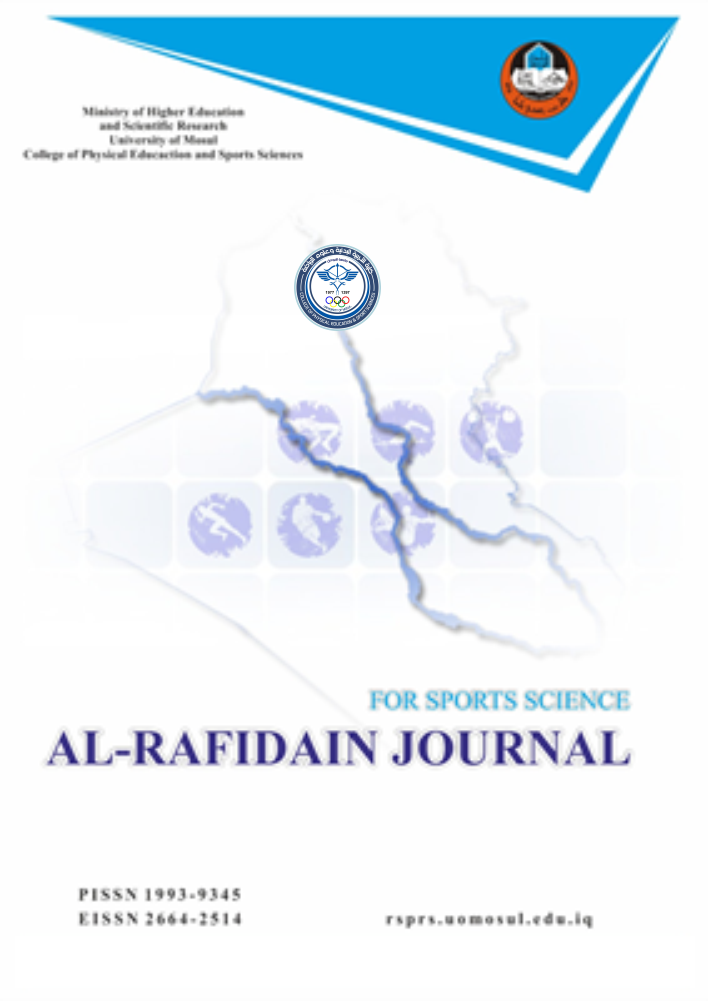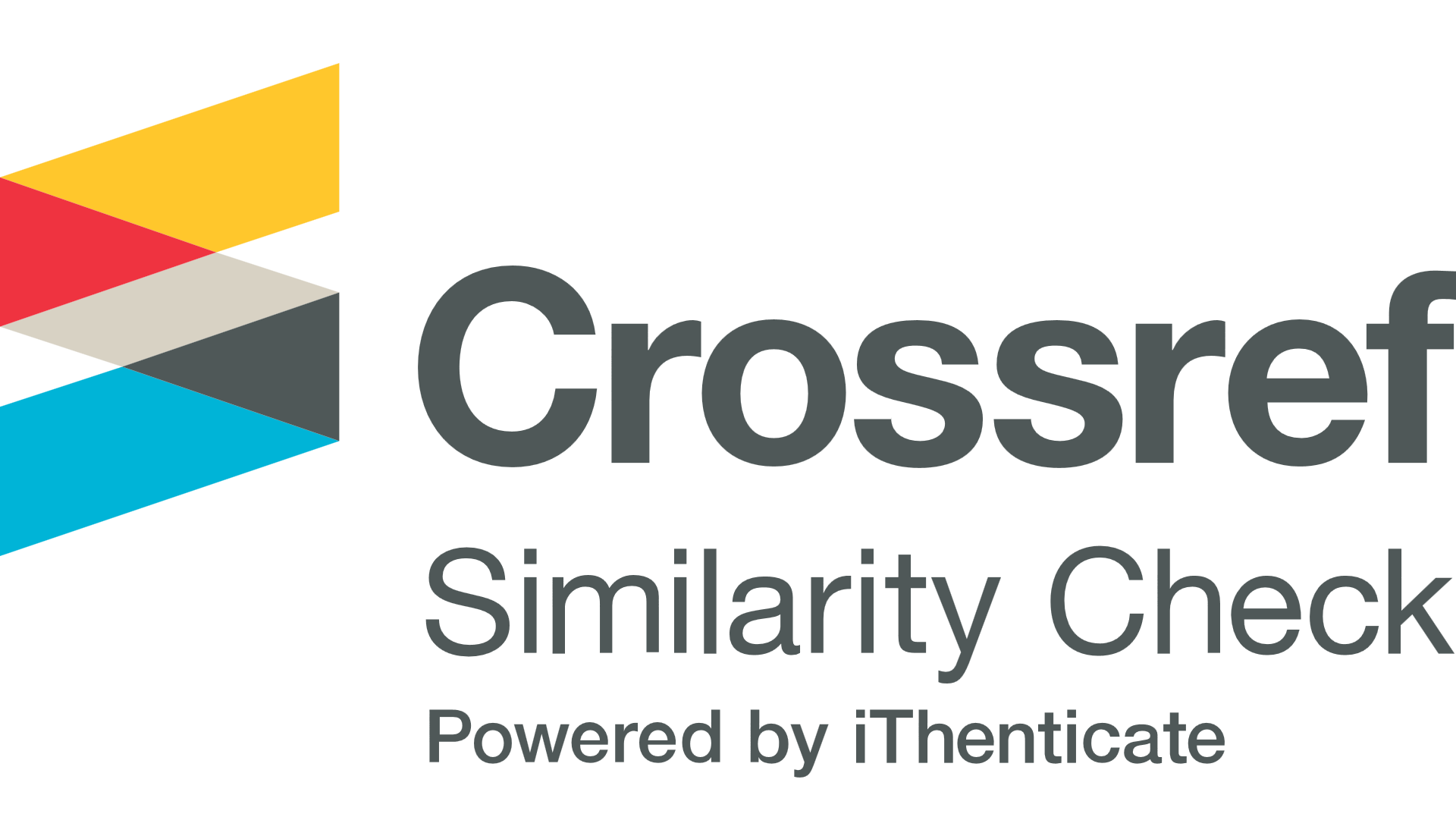The effectiveness of the educational corner's strategy in the cognitive acquisition of some basic volleyball skills
Abstract
The study aims to explore:Identify the differences between the pre-test and post-test results in the cognitive achievement of some basic volleyball skills for the experimental group, which was taught using the learning stations strategy, and the control group, which was taught using the traditional teaching strategy.Identify the differences between the post-test results of the two research groups (experimental and control).The researchers used the experimental design for two equivalent groups with pre-test and post-test measurements. The research population consisted of second-year students at the College of Physical Education and Sports Sciences at the University of Mosul for the academic year (2023/2024), totaling 385 students, distributed across 12 sections. The researchers selected sections (H) and (T) as the study sample.The study strategy was applied as follows:The first group (experimental group) consisted of 20 students from section (H) and was taught using the learning stations strategy.The second group (control group) consisted of 20 students from section (T) and was taught using the traditional strategy followed by the instructor.The educational program was implemented over eight weeks, with two 90-minute sessions per week for each group from October 3, 2024, to December 5, 2024.The researchers used statistical methods, including:PercentageArithmetic meanStandard deviationT-test for independent and paired samplesKuder-Richardson formulaFindings:The experimental group, which used the learning stations strategy, outperformed the control group, which followed the traditional teaching strategy, in achieving cognitive acquisition of some basic volleyball skills.







